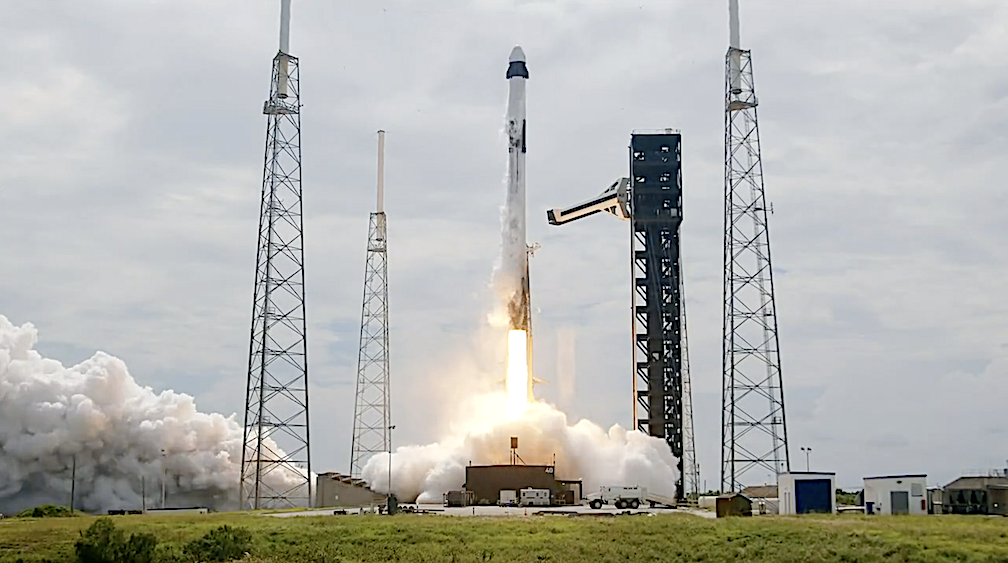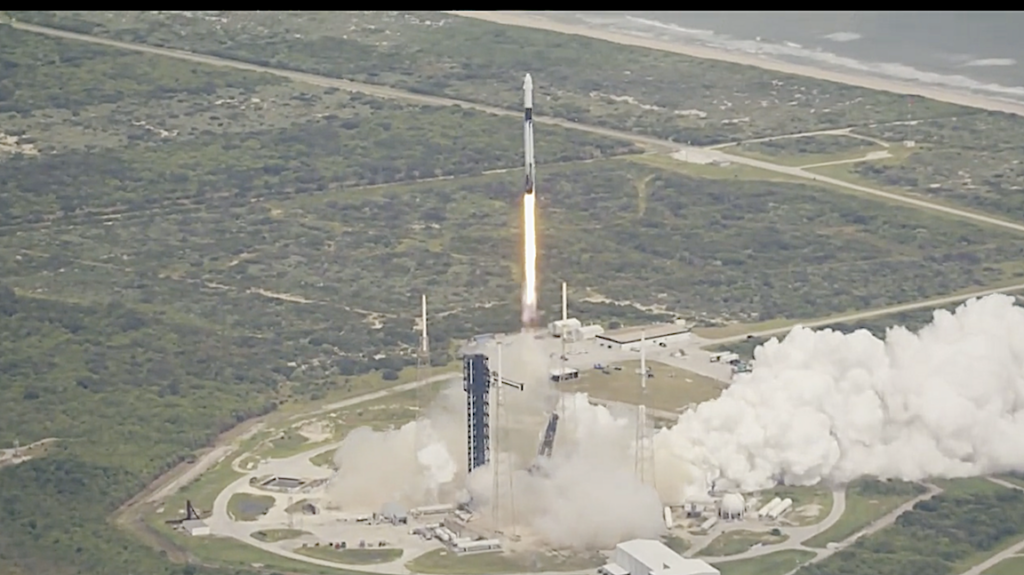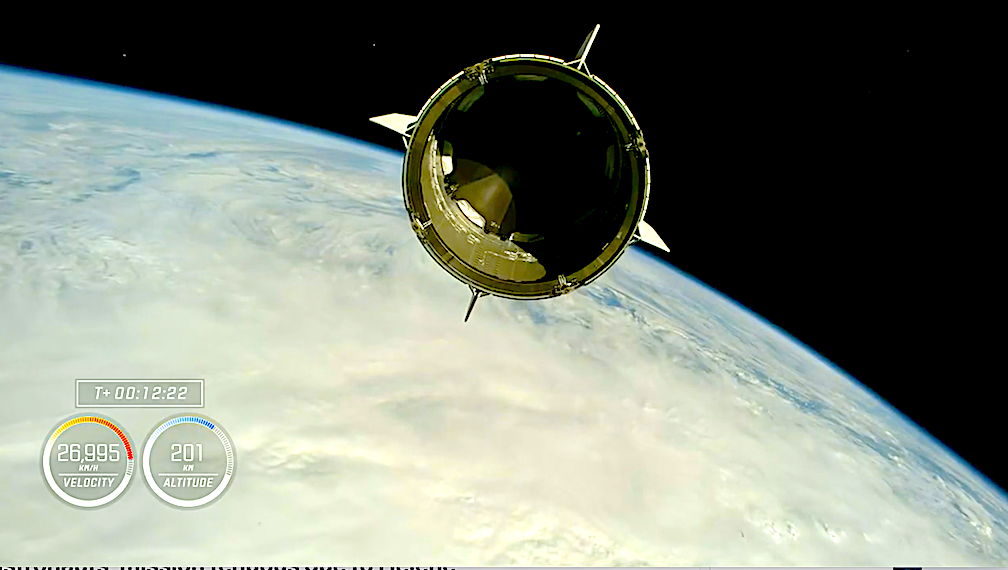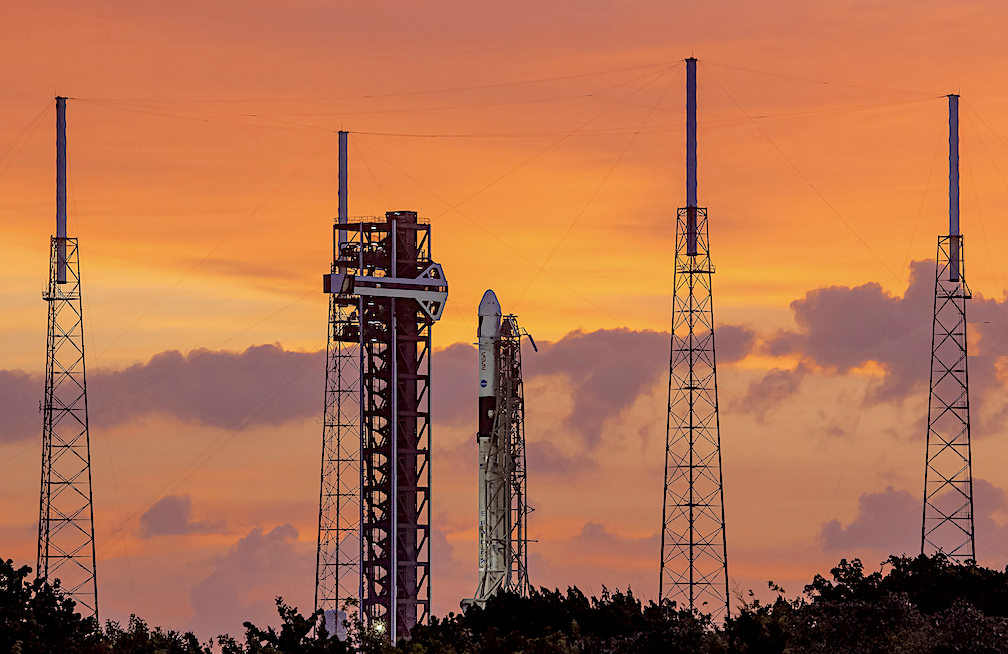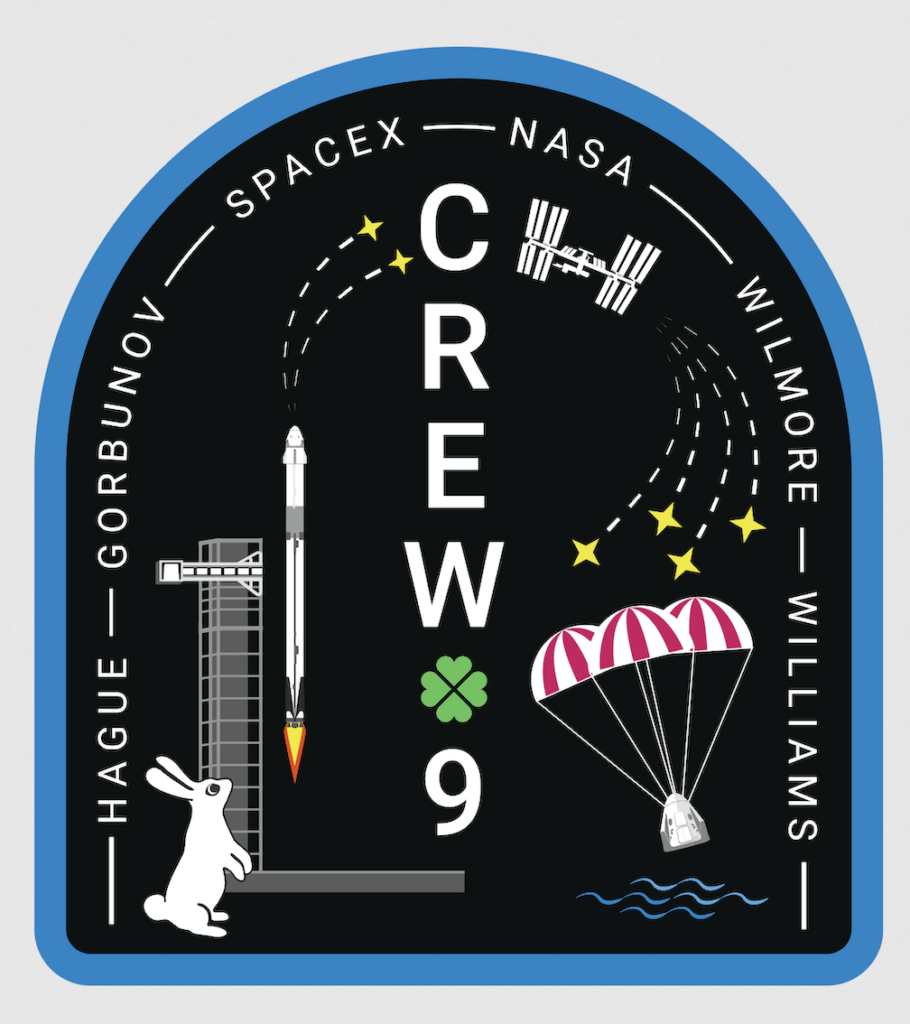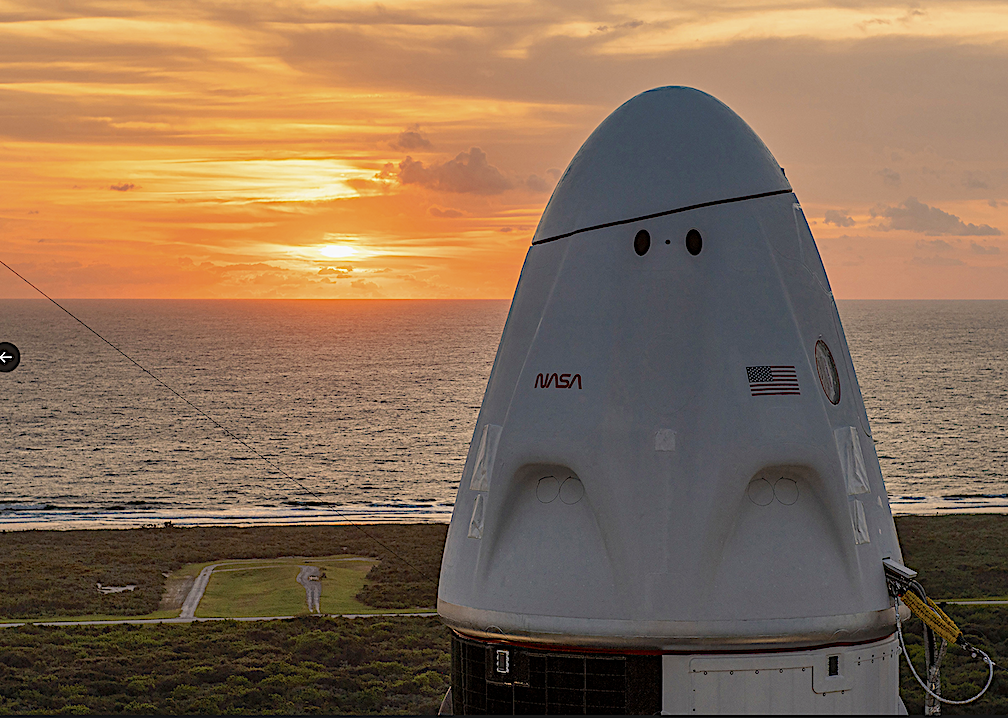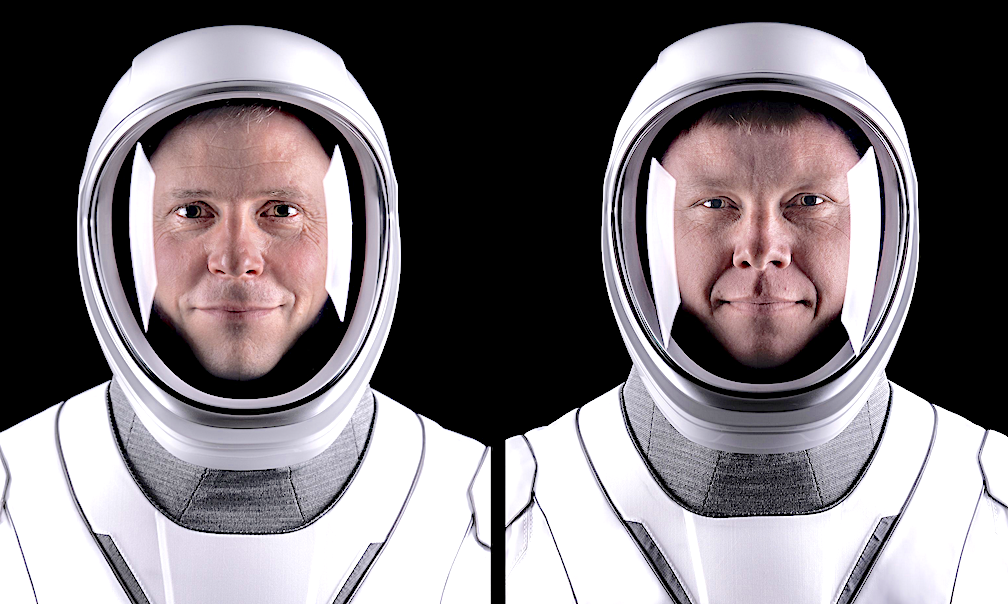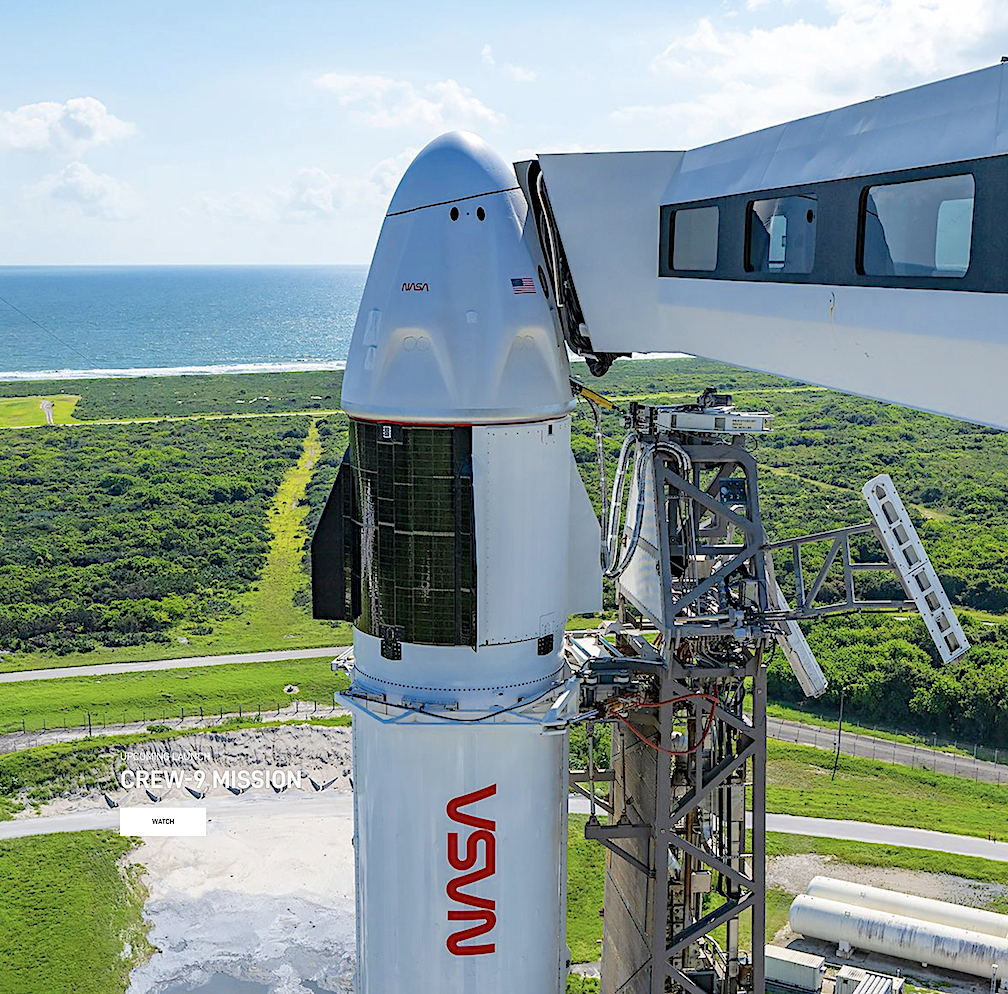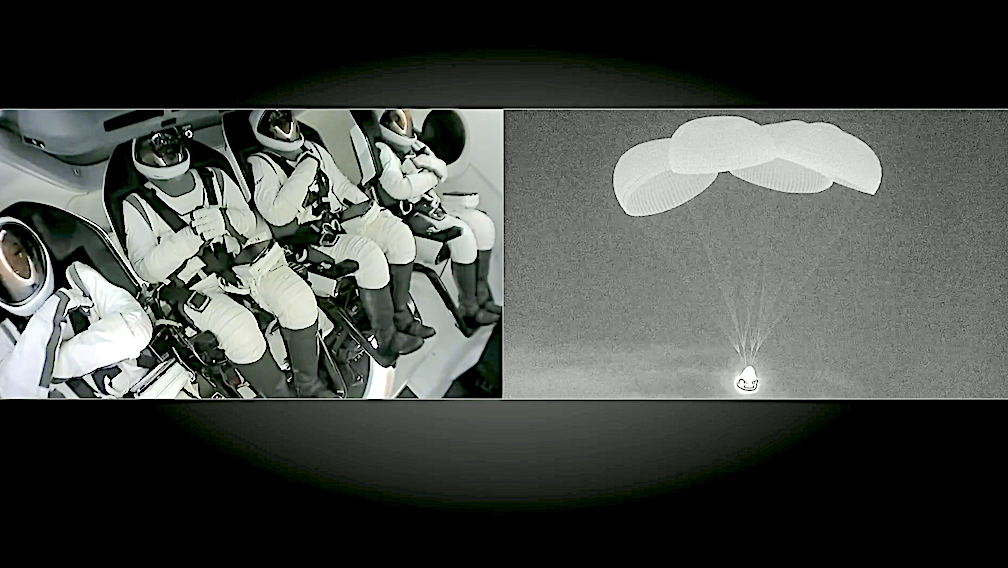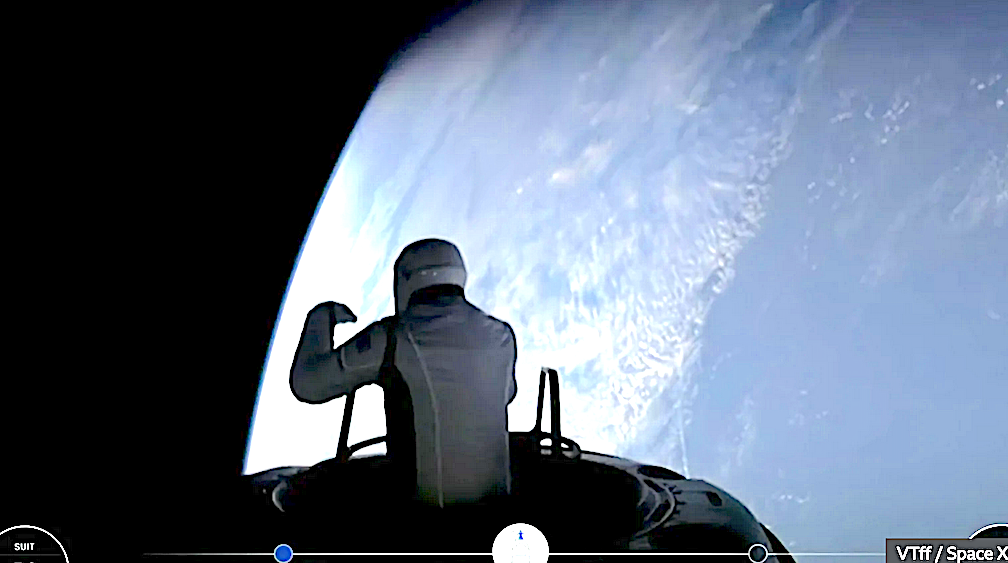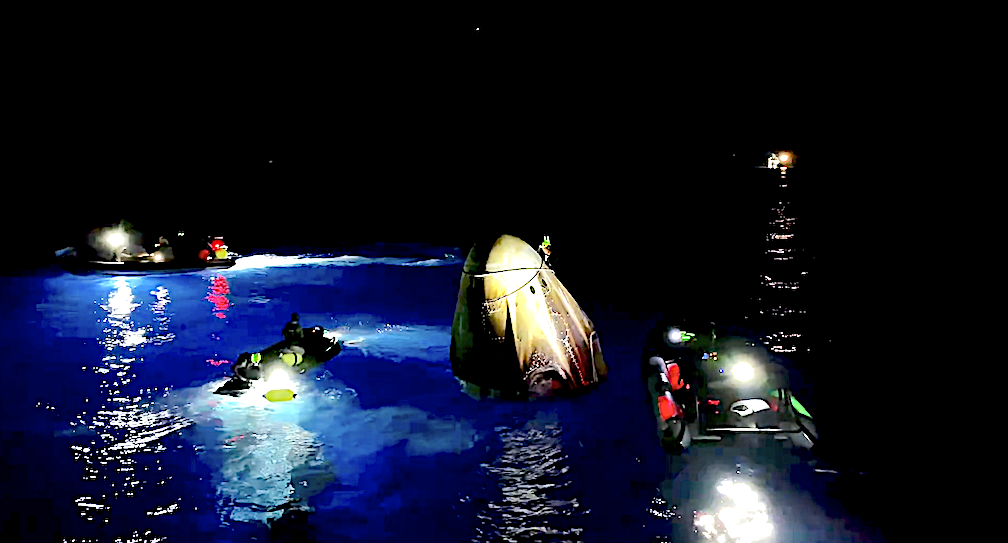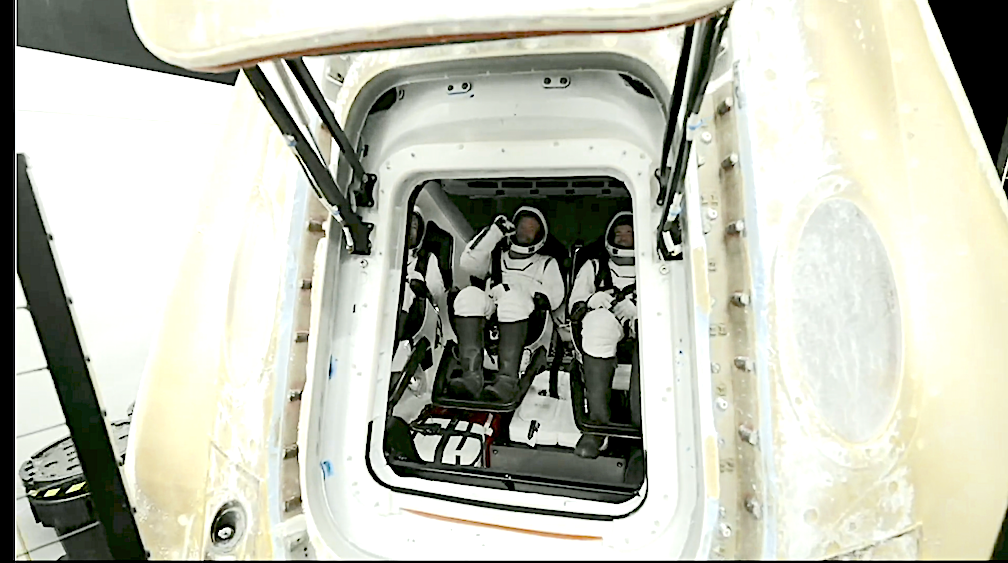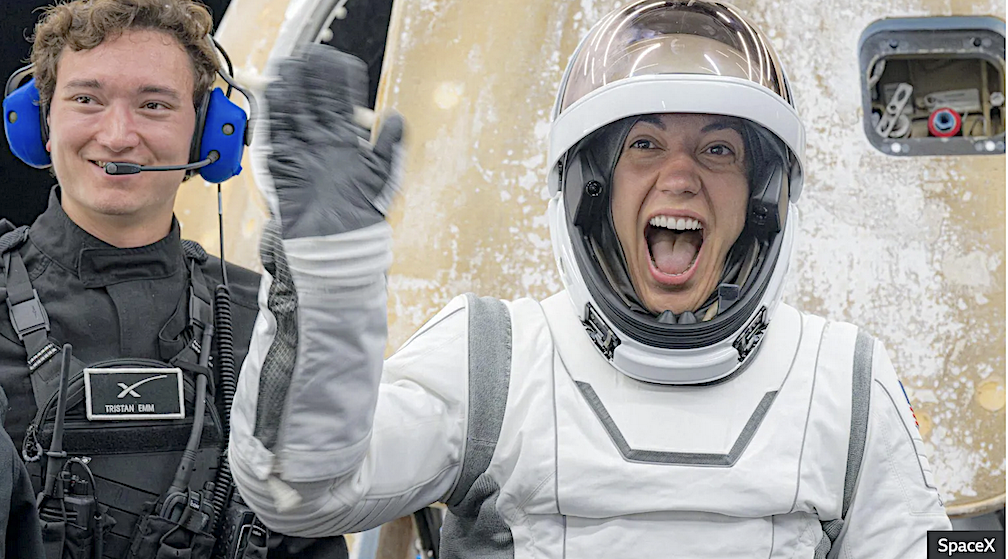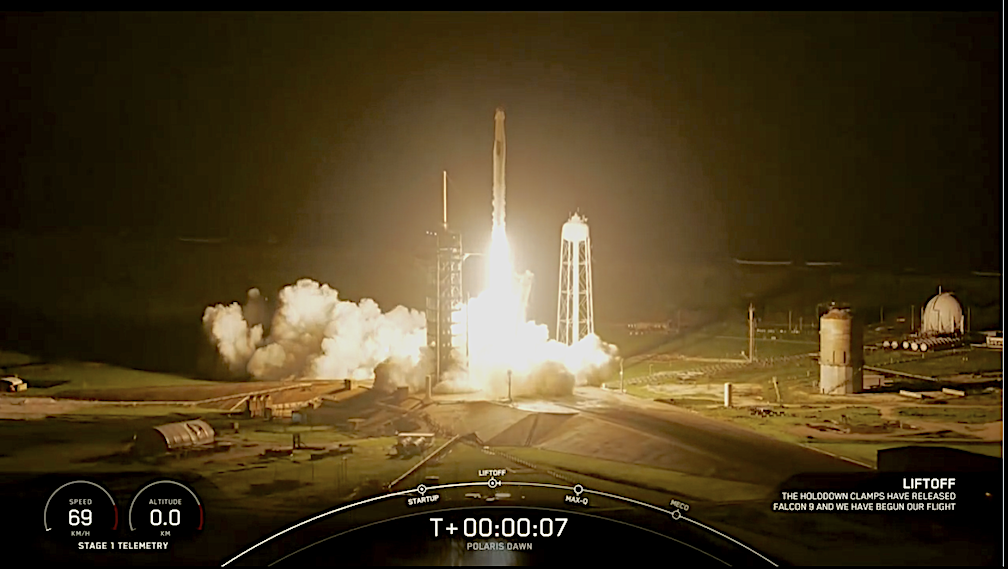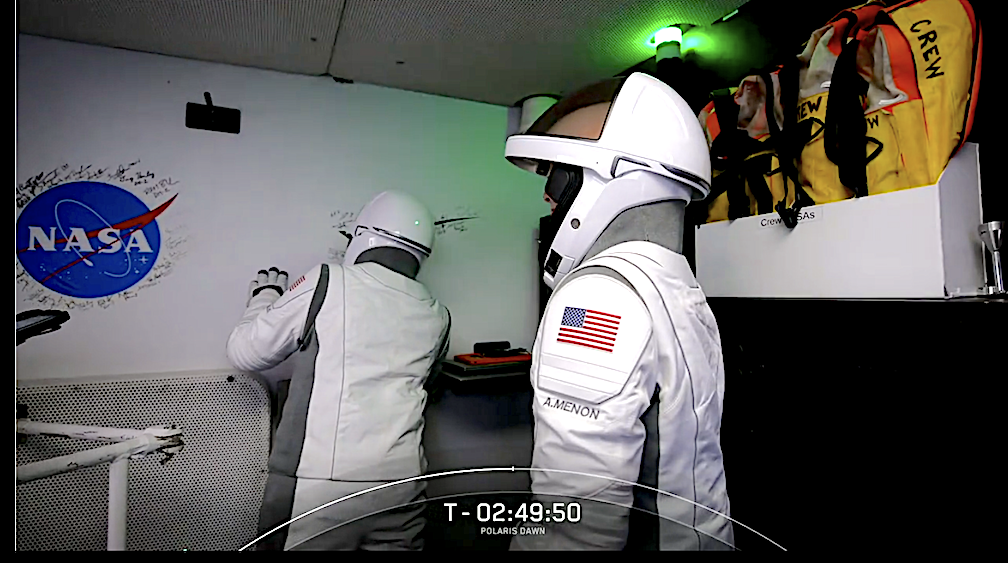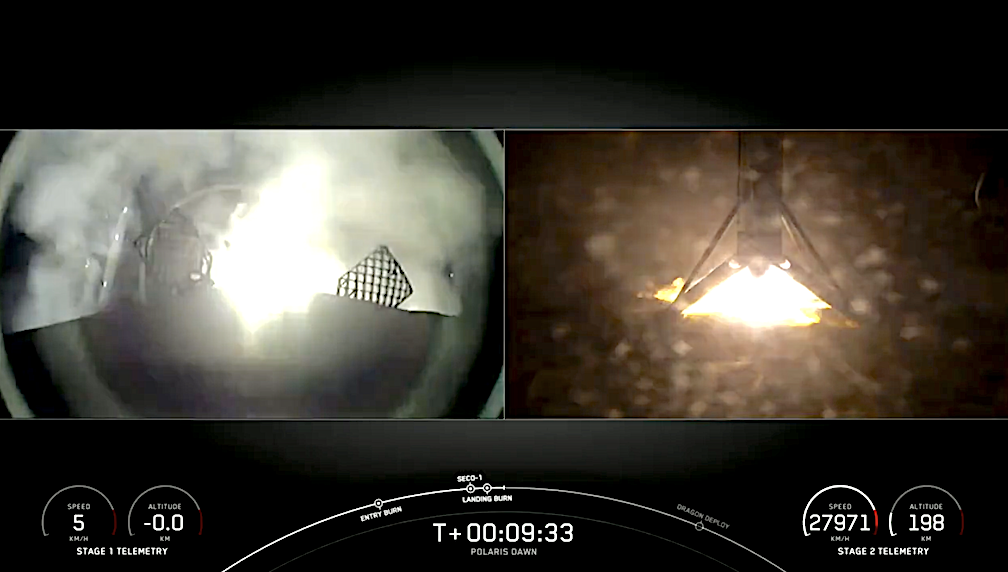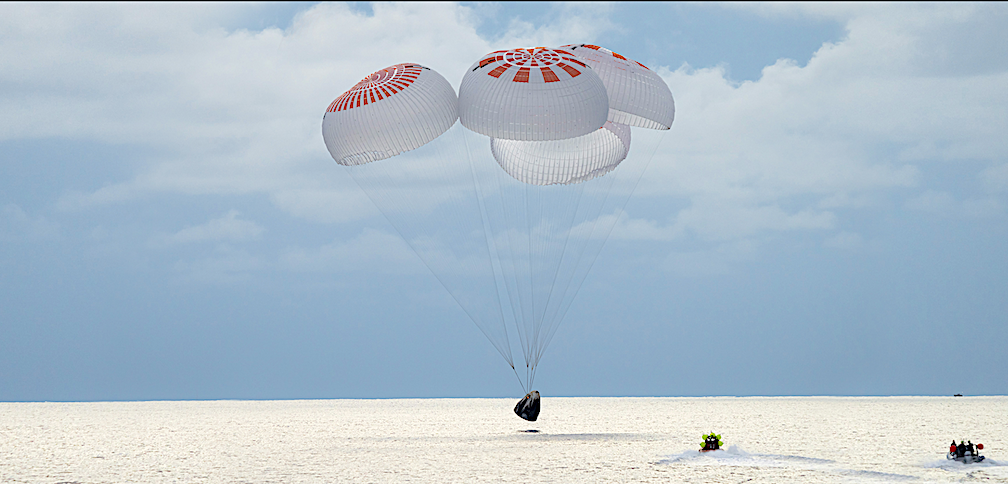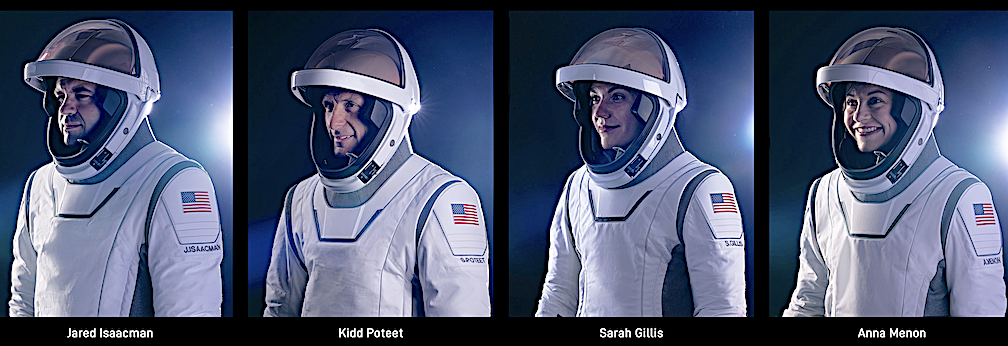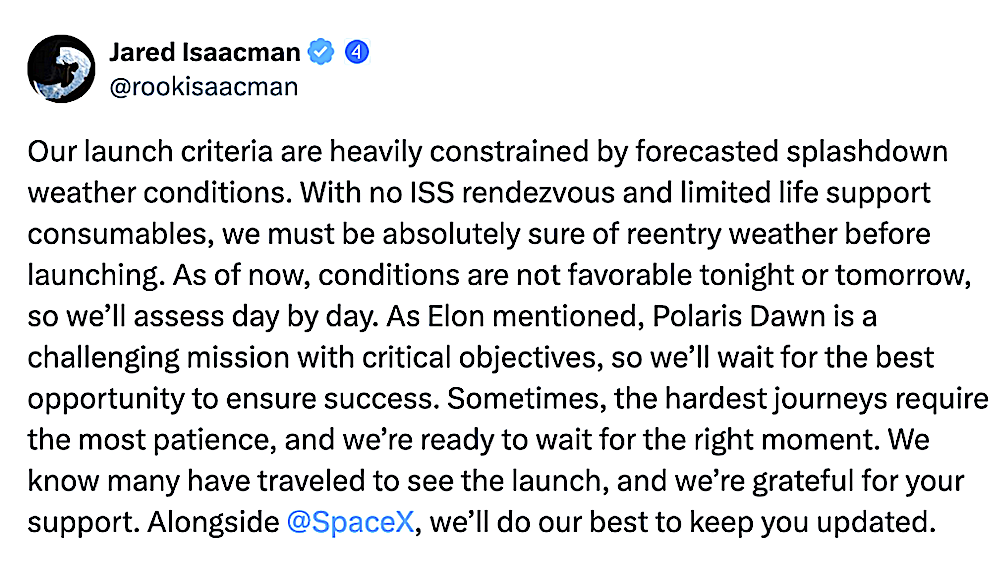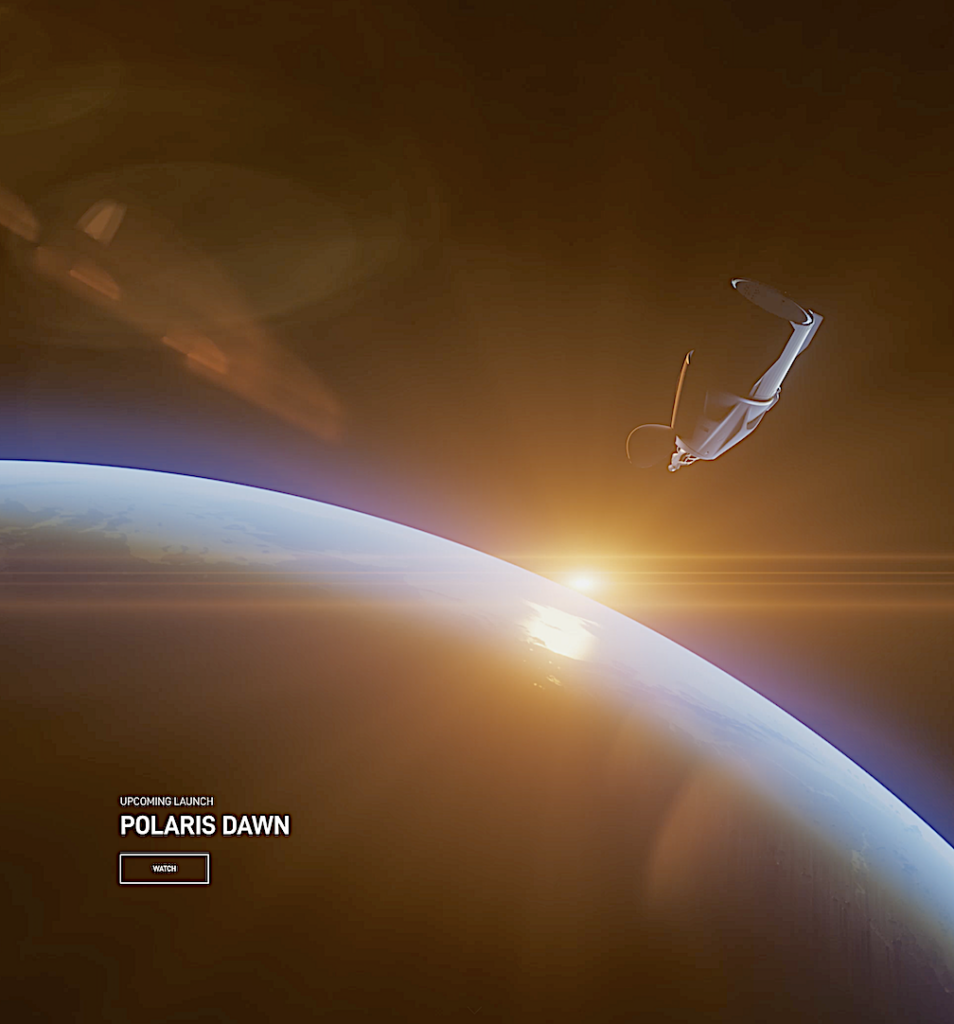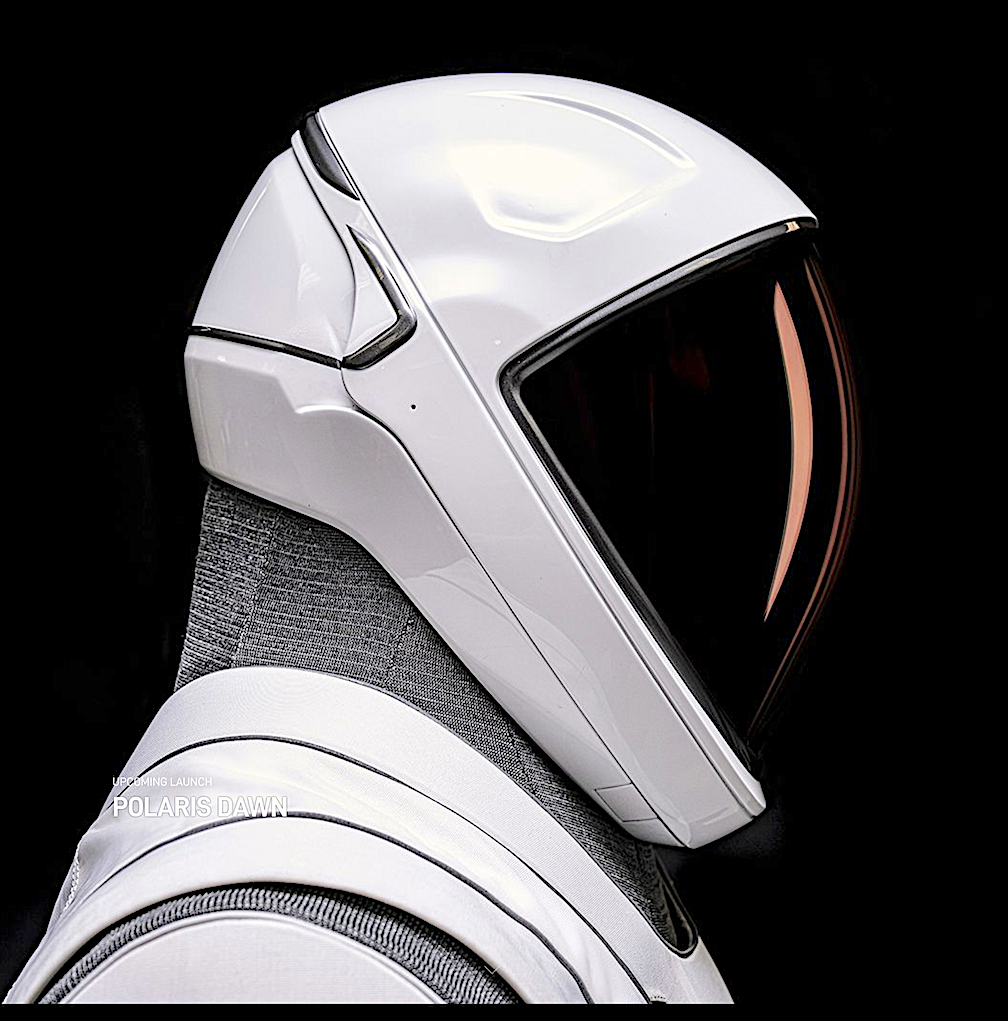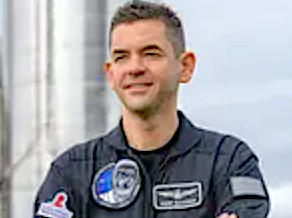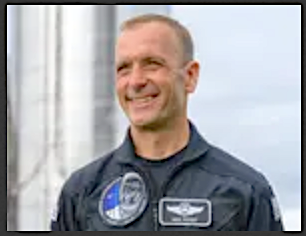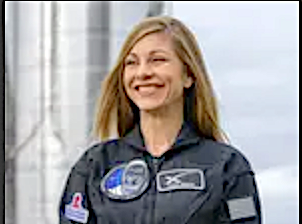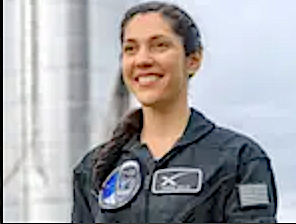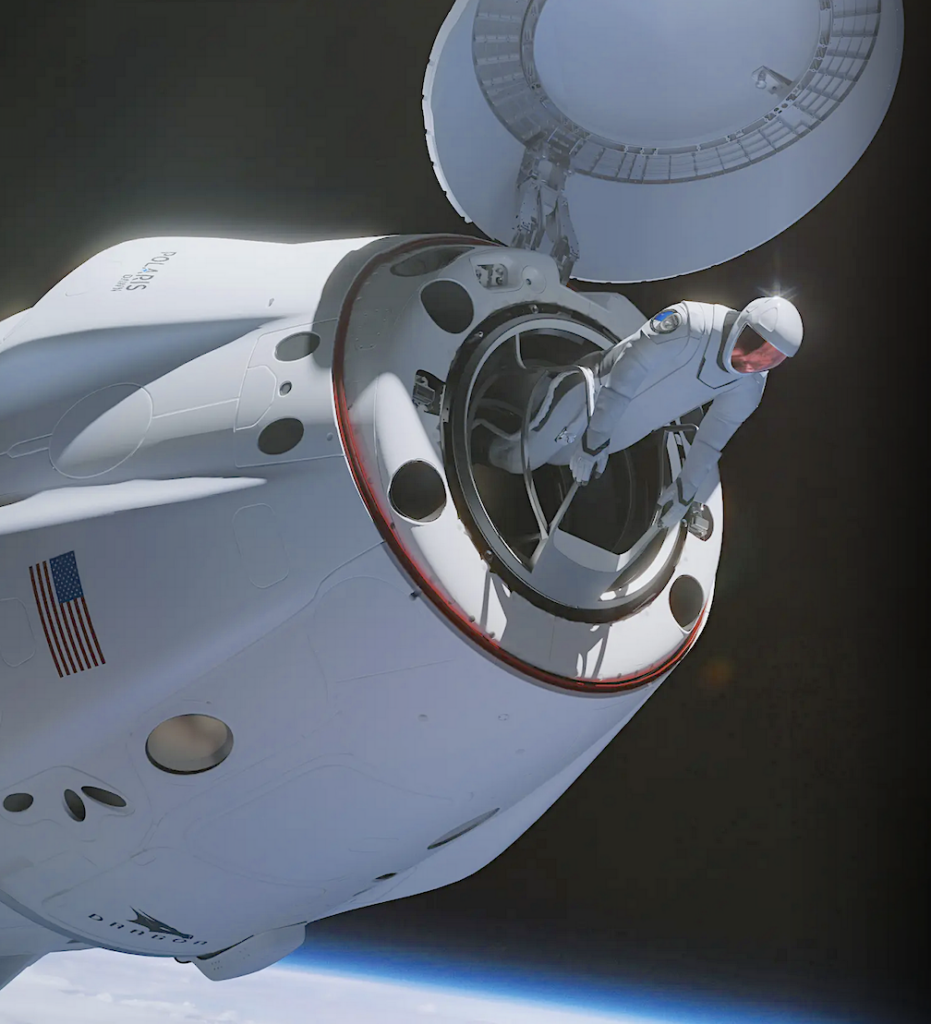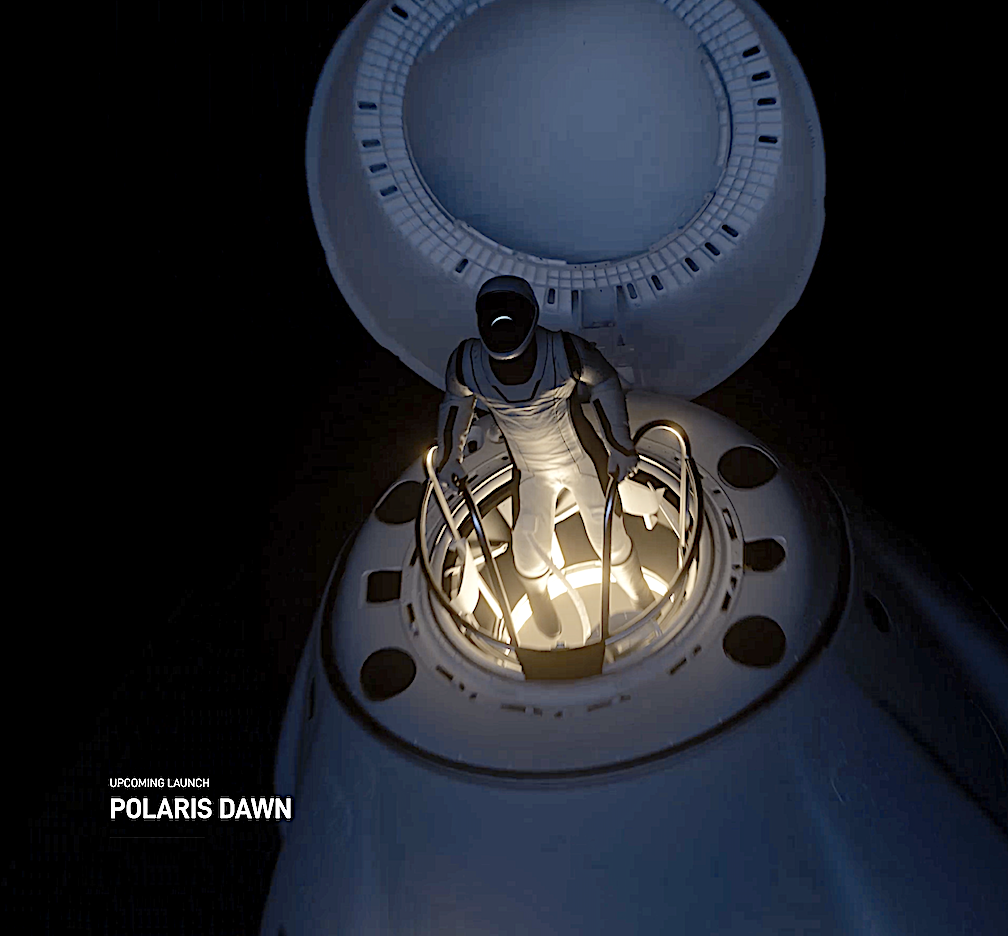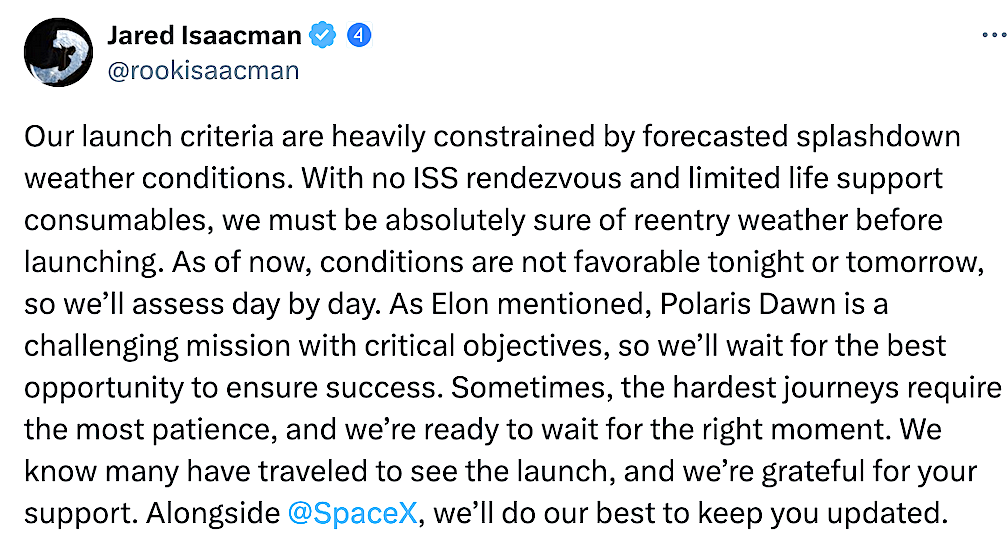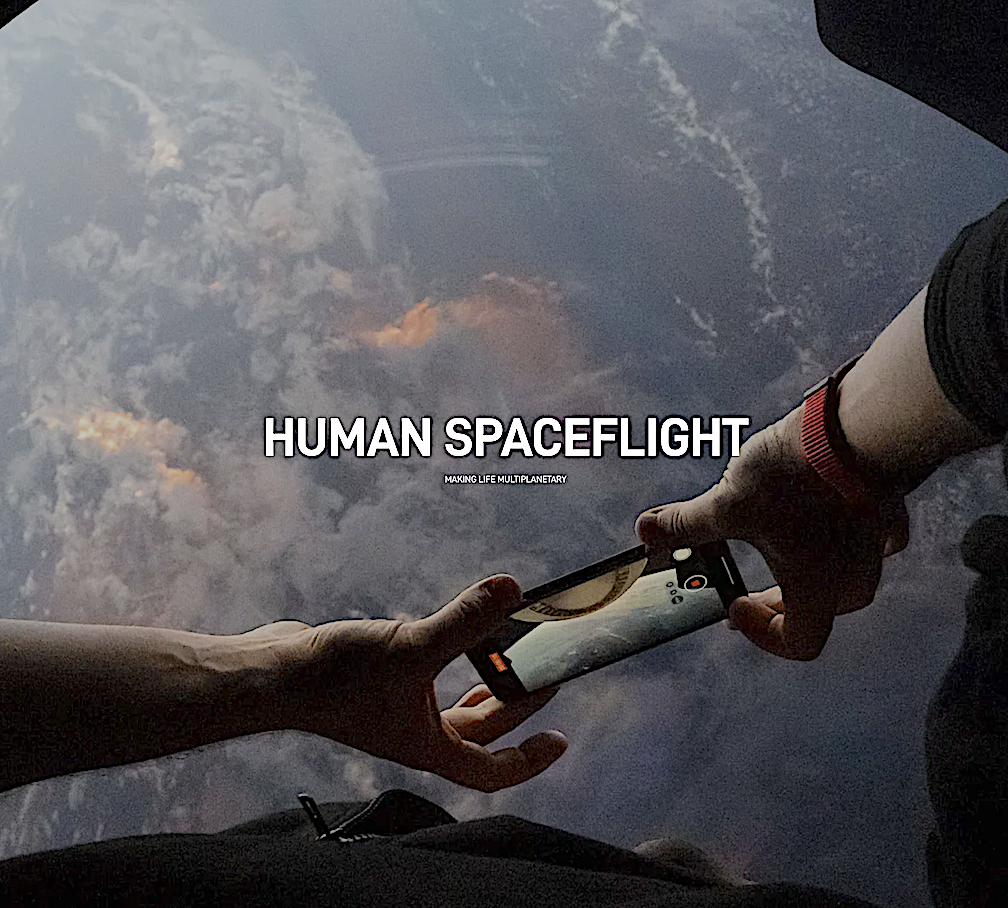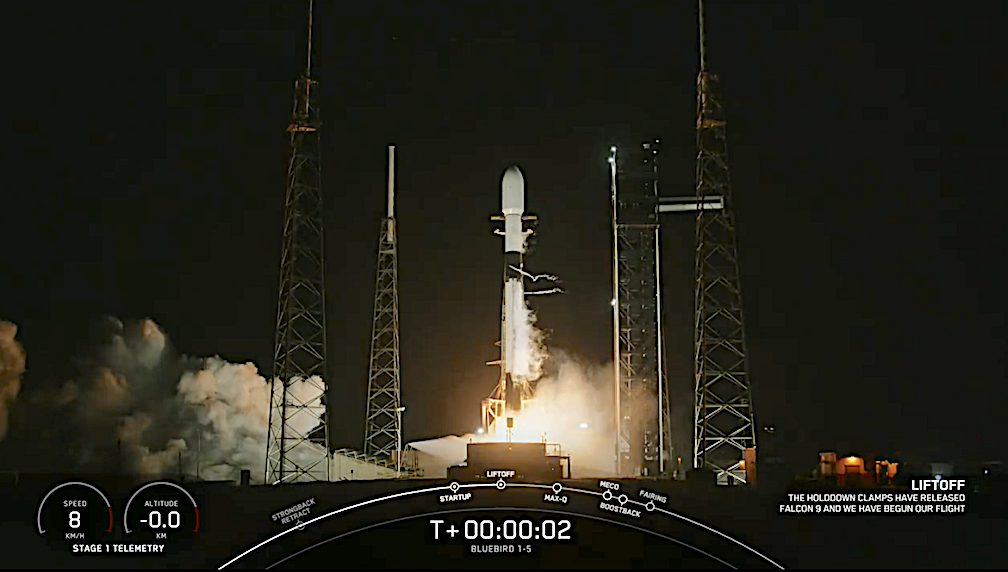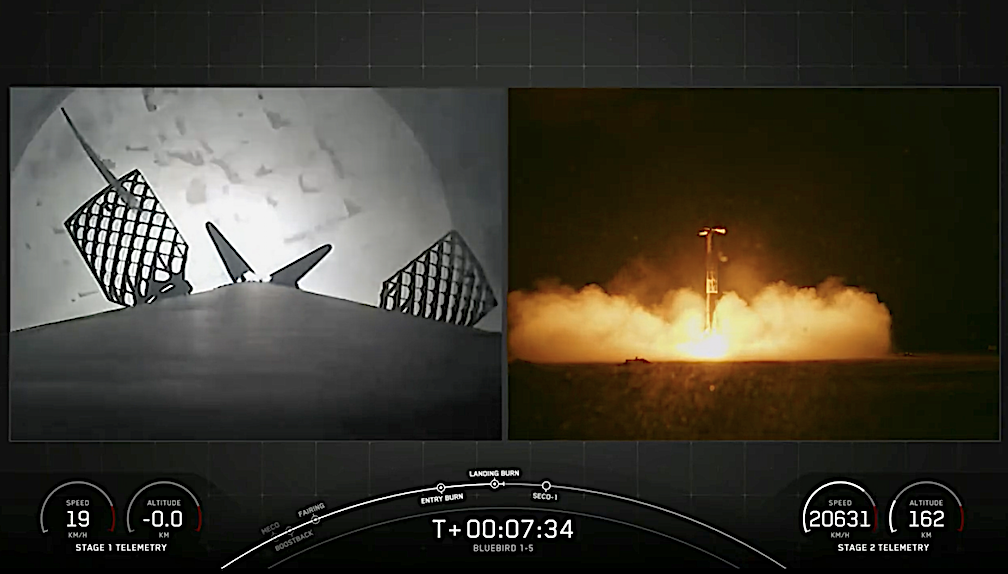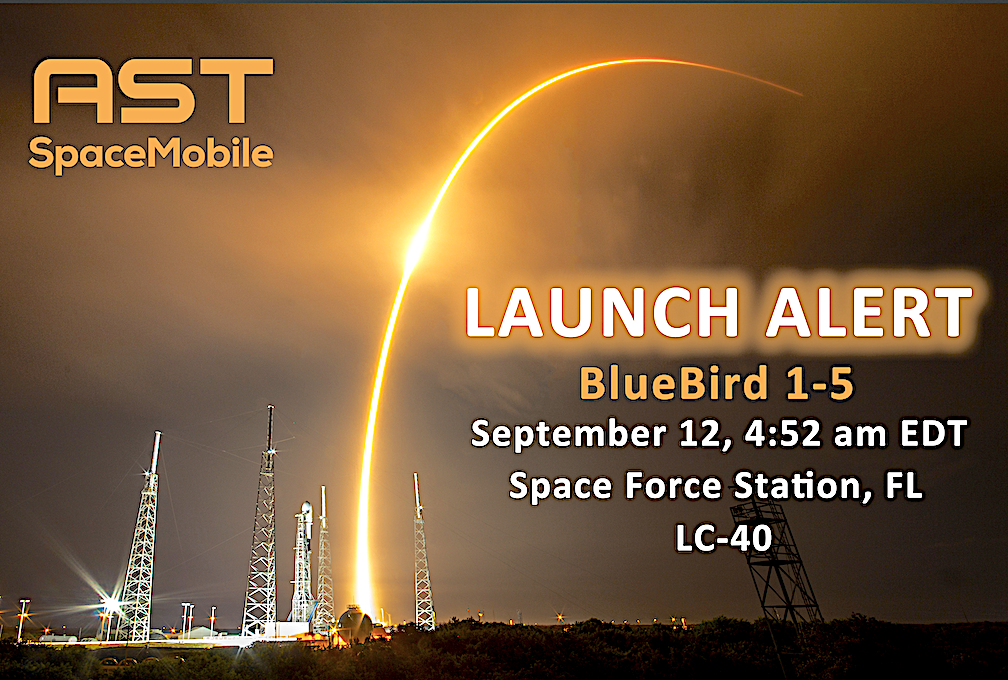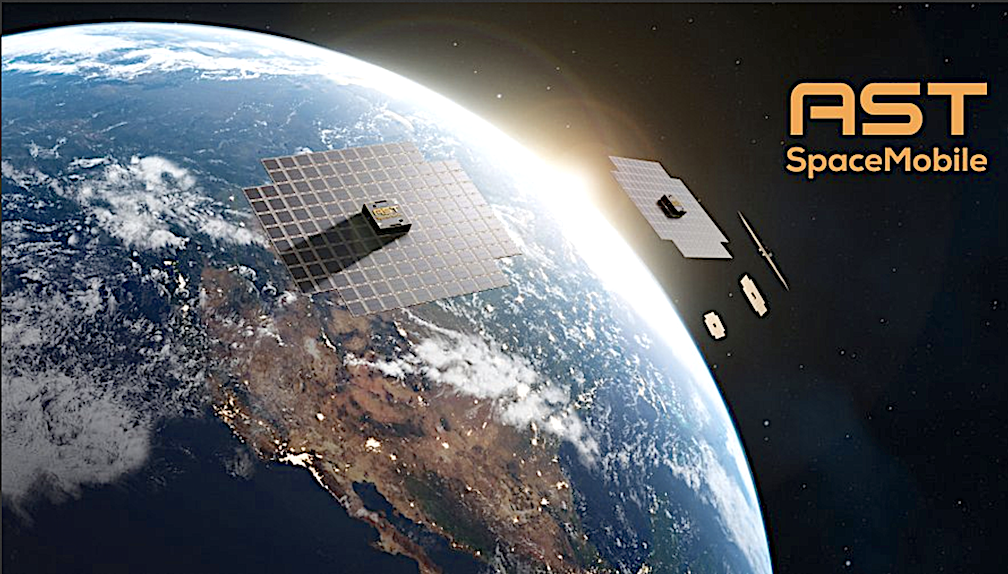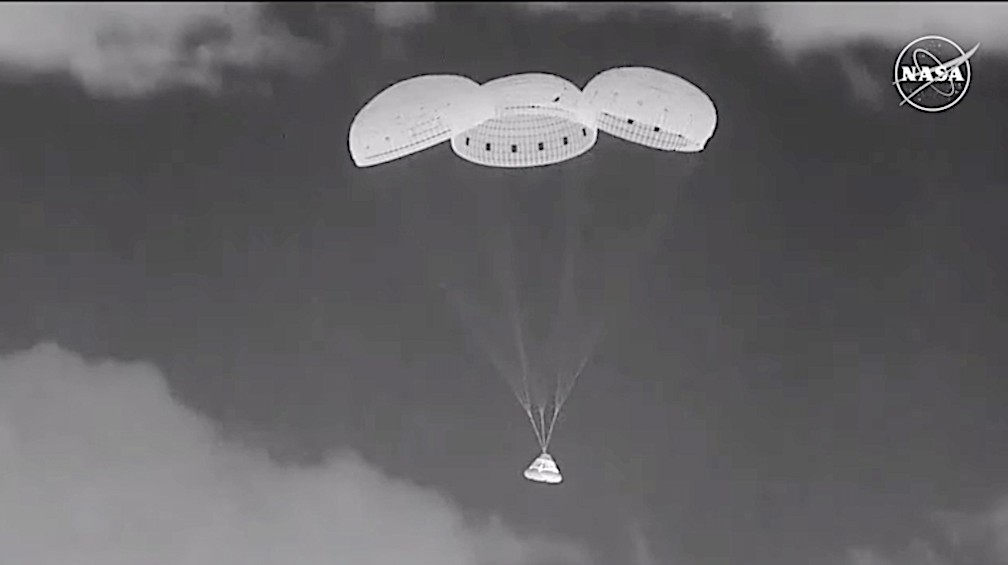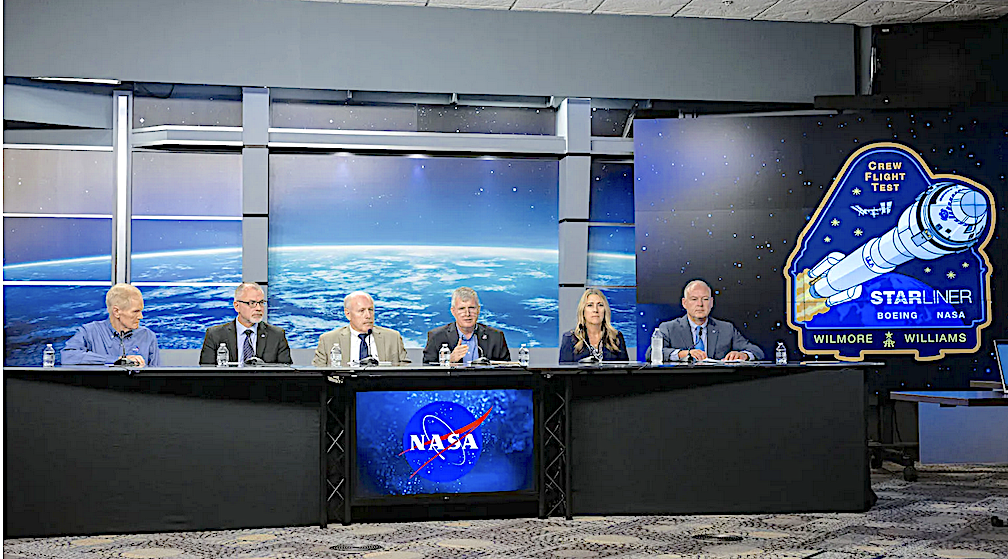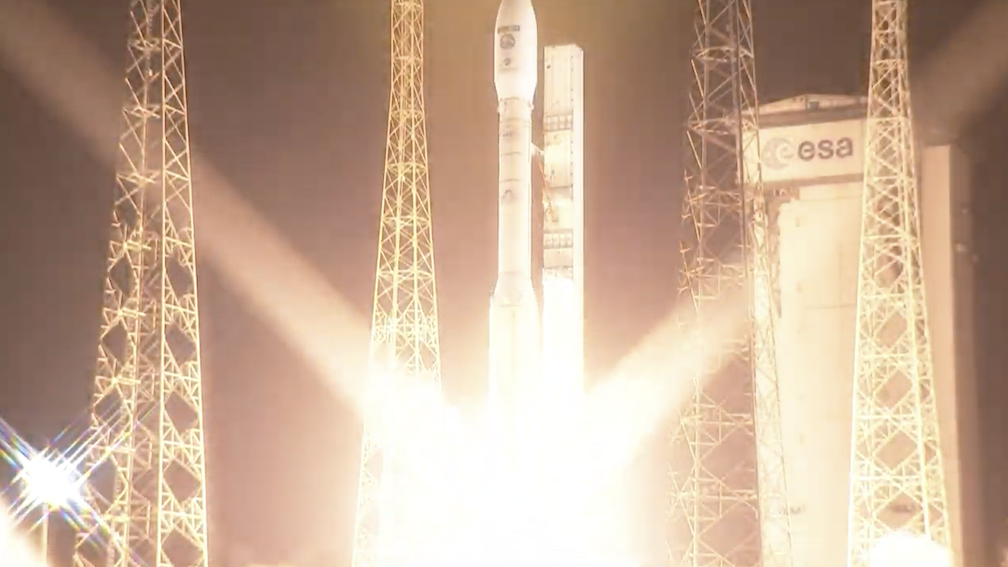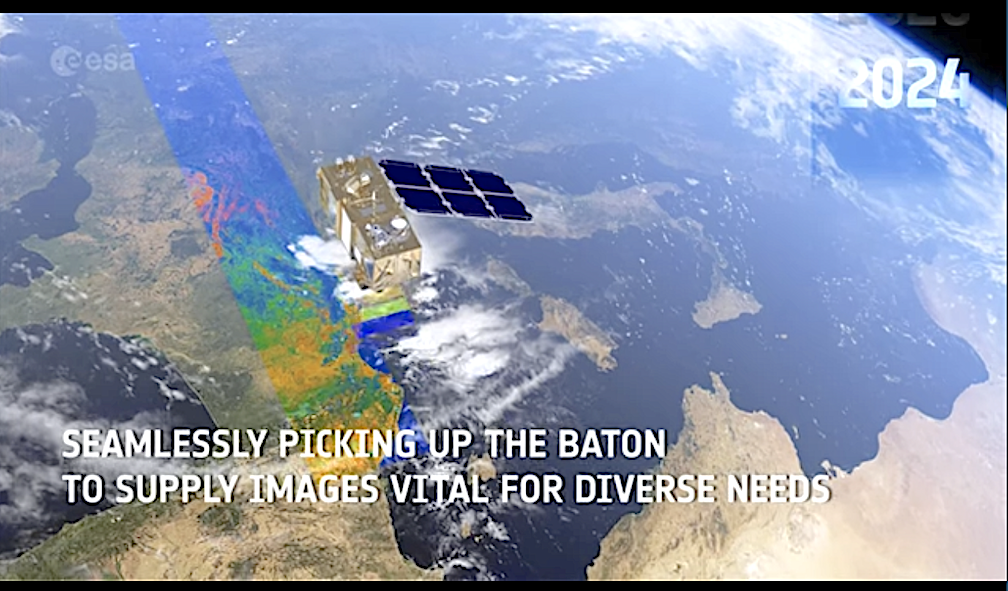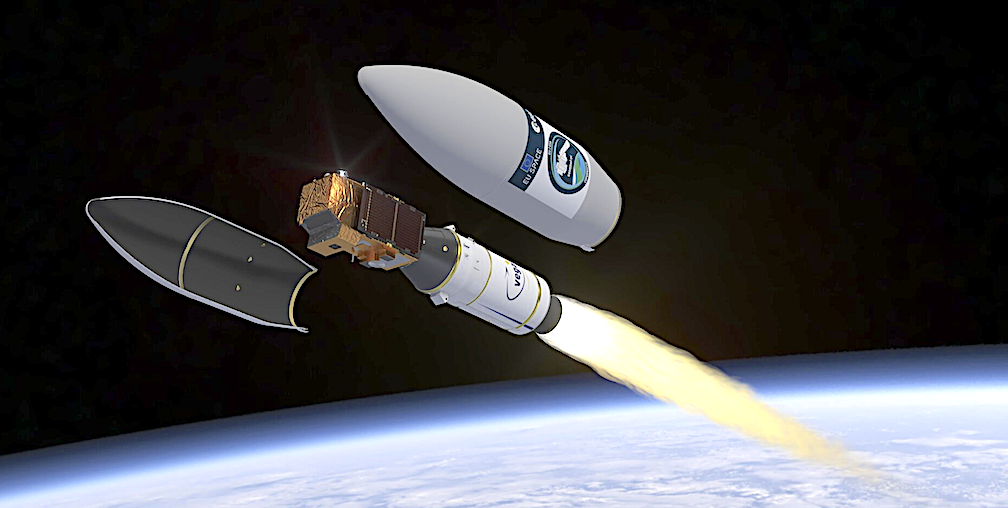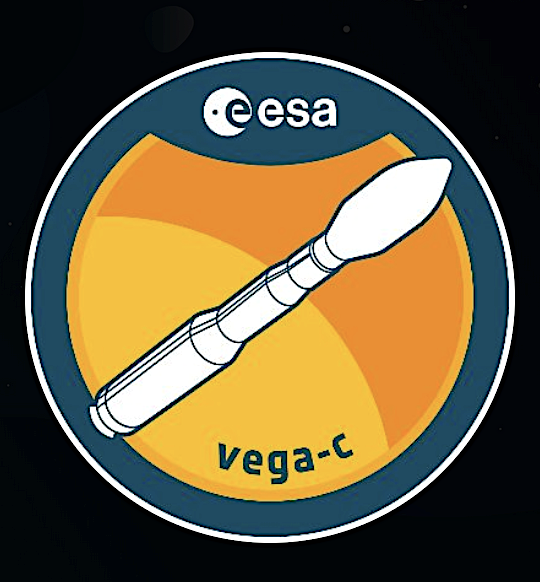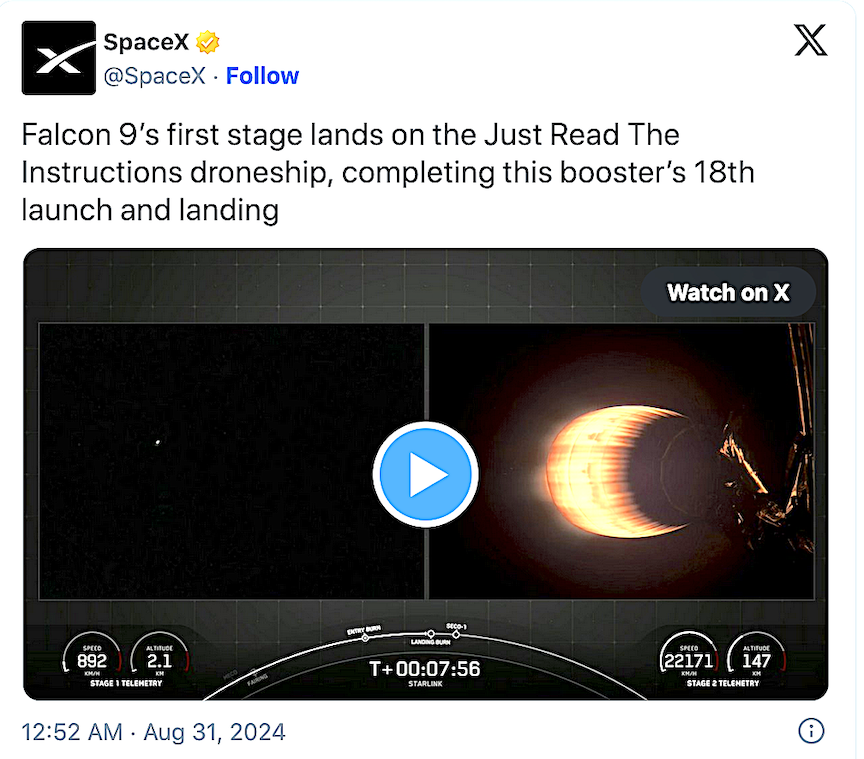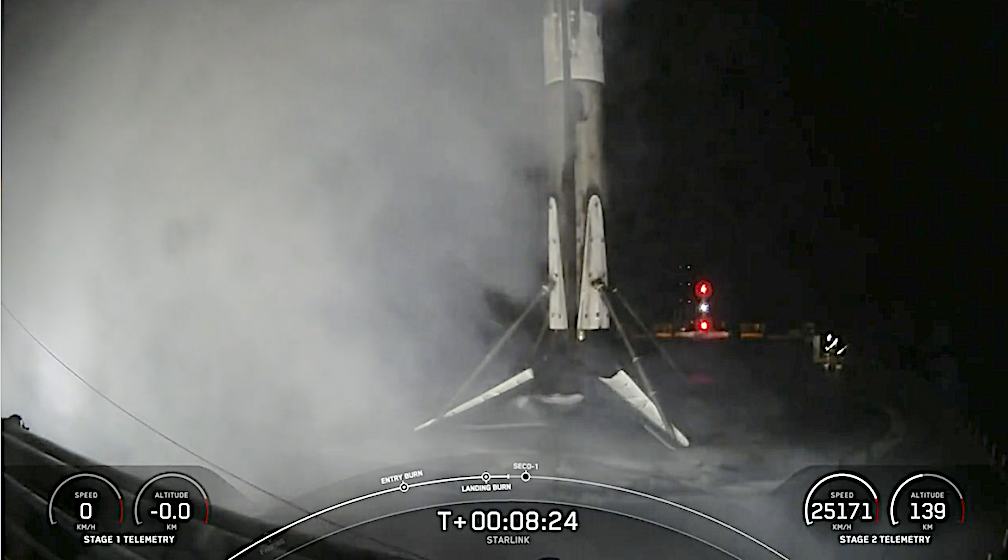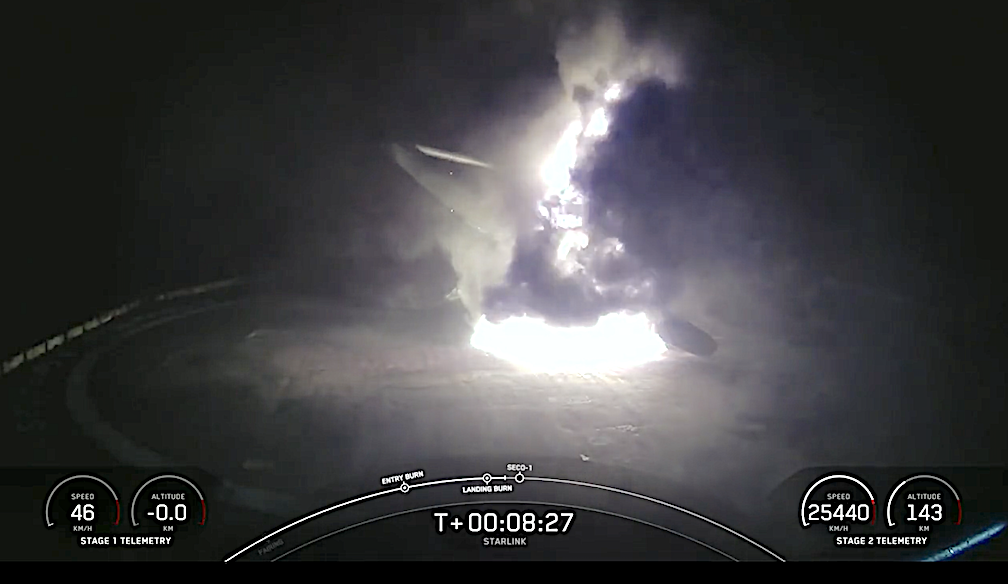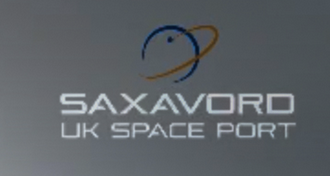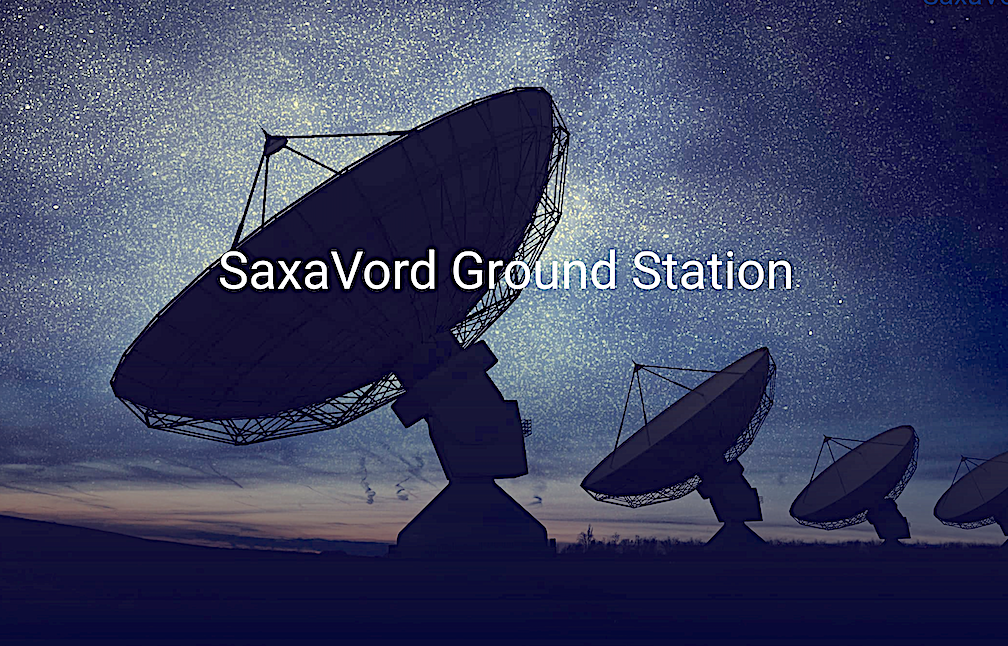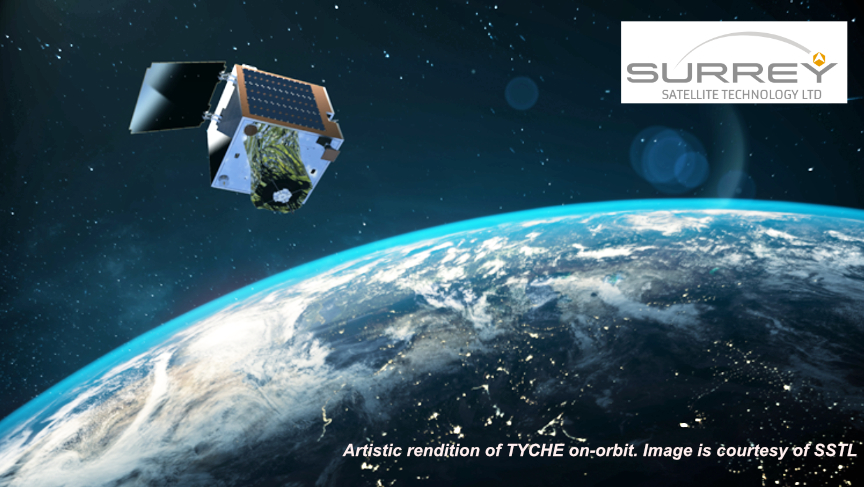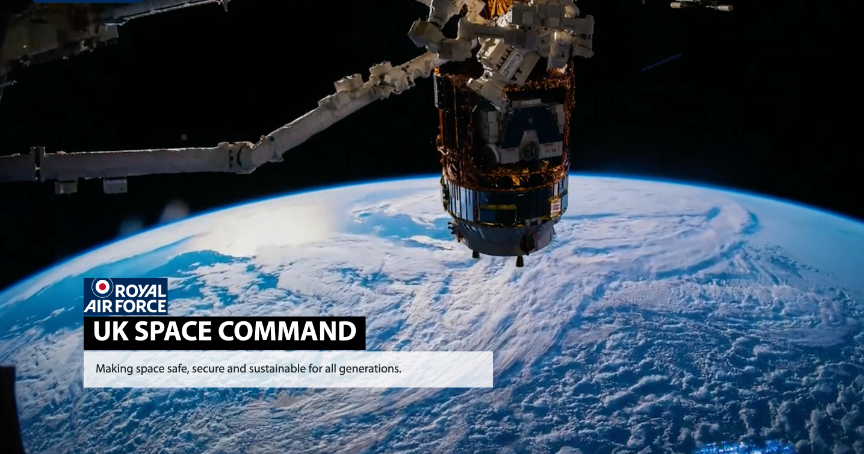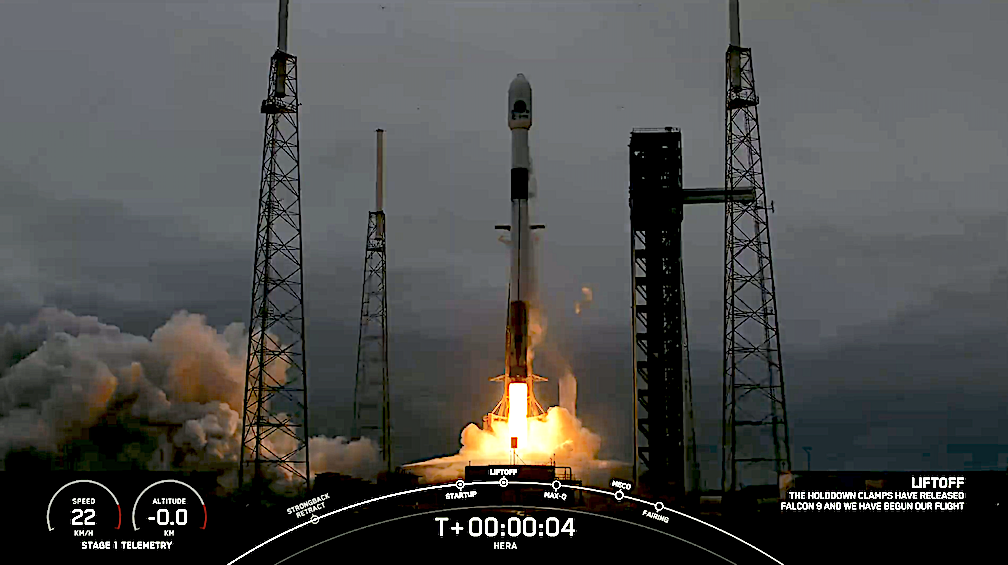
Florida’s weather held steady on Monday, October 7, enabling SpaceX to launch the ESA Hera mission to interplanetary transfer orbit from Space Launch Complex 40 (SLC-40) at Cape Canaveral Space Force Station in Florida.
This was the 23rd and final launch for this Falcon 9 first stage booster, which previously launched Crew-1, Crew-2, SXM-8, CRS-23, IXPE, Transporter-4, Transporter-5, Globalstar FM15, ISI EROS C-3, Korea 425, Maxar 1, ASBM, and 10 Starlink missions.
Hera is a planetary defense mission that will study the impact NASA’s Double Asteroid Redirection Test (DART) mission spacecraft had on the Dimorphos asteroid, which Falcon 9 launched in November 2021. Hera will provide valuable data for future asteroid deflection missions and science to help humanity’s understanding of asteroid geophysics as well as solar system formation and evolutionary processes.
SpaceX to launch ESA’s Hera to study Didymos asteroid on Monday, weather permitting

On Monday, October 7th, at 7:52 AM – 8:27 AM PDT from Space Launch Complex 40 at Cape Canaveral, SpaceX plans to launch Hera, for the European Space Agency, on a space mission in its Space Safety program. The weather could present a challenge.
Its primary objective is to study the Didymos binary asteroid system that was impacted by DART and contribute to validation of the kinetic impact method to deviate a near-Earth asteroid in a colliding trajectory with Earth. It will measure the size and the morphology of the crater created by and momentum transferred by an artificial projectile impacting an asteroid, which will allow measuring the efficiency of the deflection produced by the impact. It will also analyze the expanding debris cloud caused by the impact.
According to weather officials, there’s a 15% chance of favorable weather conditions at the time of the launch. The forecast calls for a temperature of 75°F, moderate rain, 100% cloud cover, a wind speed of 16mph and 2.56in of rain.

NASA has selected 12 participating scientists to join ESA’s (European Space Agency) Hera mission. Hera will study the binary asteroid system Didymos, including the moonlet Dimorphos, which was impacted by NASA’s DART (Double Asteroid Redirection Test) spacecraft on September 26, 2022. The objectives of DART and Hera collectively aim to validate the kinetic impact method as a technology to deflect an asteroid on a collision course with Earth, if one is ever discovered, and to learn more about the near-Earth asteroids that are the source of this natural hazard.
Hera is scheduled to arrive at the Didymos/Dimorphos binary asteroid system at the end of 2026, where it will gather otherwise unobtainable data about the mass and makeup of both bodies and assess the changes caused by the DART spacecraft’s kinetic impact.
The goal of NASA’s Hera Participating Scientist Program is to support scientists at U.S. institutions to participate on the Hera mission and address outstanding questions in planetary defense and near-Earth asteroid science. The participating scientists will become Hera science team members during their 5-year tenure with the mission.
The newly selected participating scientists are:
- Bonnie Buratti – NASA’s Jet Propulsion Laboratory, Southern California
- Ingrid Daubar – Brown University, Providence, Rhode Island
- Carolyn Ernst – Johns Hopkins Applied Physics Laboratory
- Dawn Graninger – Johns Hopkins University Applied Physics Laboratory
- Mark Haynes – NASA JPL
- Masatoshi Hirabayashi – Georgia Institute of Technology, Atlanta
- Tim Lister – Las Cumbres Observatory, Goleta, California
- Ryan Park – NASA JPL
- Andrew Rivkin – Johns Hopkins Applied Physics Laboratory
- Daniel Scheeres – University of Colorado, Boulder
- Timothy Titus – U.S. Geological Survey, Flagstaff, Arizona
- Yun Zhang – University of Michigan, Ann Arbor
DART was the first planetary defense test mission from NASA’s Planetary Defense Coordination Office, which oversees the agency’s ongoing efforts in planetary defense. International participation in DART and Hera, including the Hera Participating Scientist Program, has been enabled by an ongoing worldwide collaboration in the planetary defense research community known as the Asteroid Impact and Deflection Assessment.
DART was designed, built, and operated by the Johns Hopkins Applied Physics Laboratory (APL) in Laurel, Maryland, for NASA’s Planetary Defense Coordination Office, which oversees the agency’s ongoing efforts in planetary defense.

